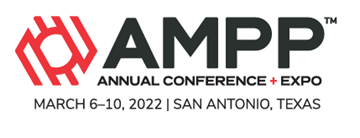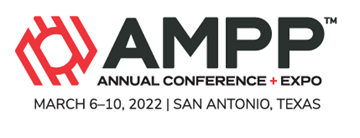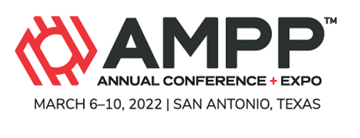Search
Combination Of High Ph SCC And Near Neutral Ph SCC Models Using Bayesian Networks
Also Purchased
Coatings To Regulate Scaling In Geothermal Applications
Product Number:
51322-17547-SG
Publication Date:
2022
$20.00
Cold Work Qualification Of UNS N08935 For Use In Chloride And Sour Environment
Product Number:
51322-18080-SG
Publication Date:
2022
$20.00




